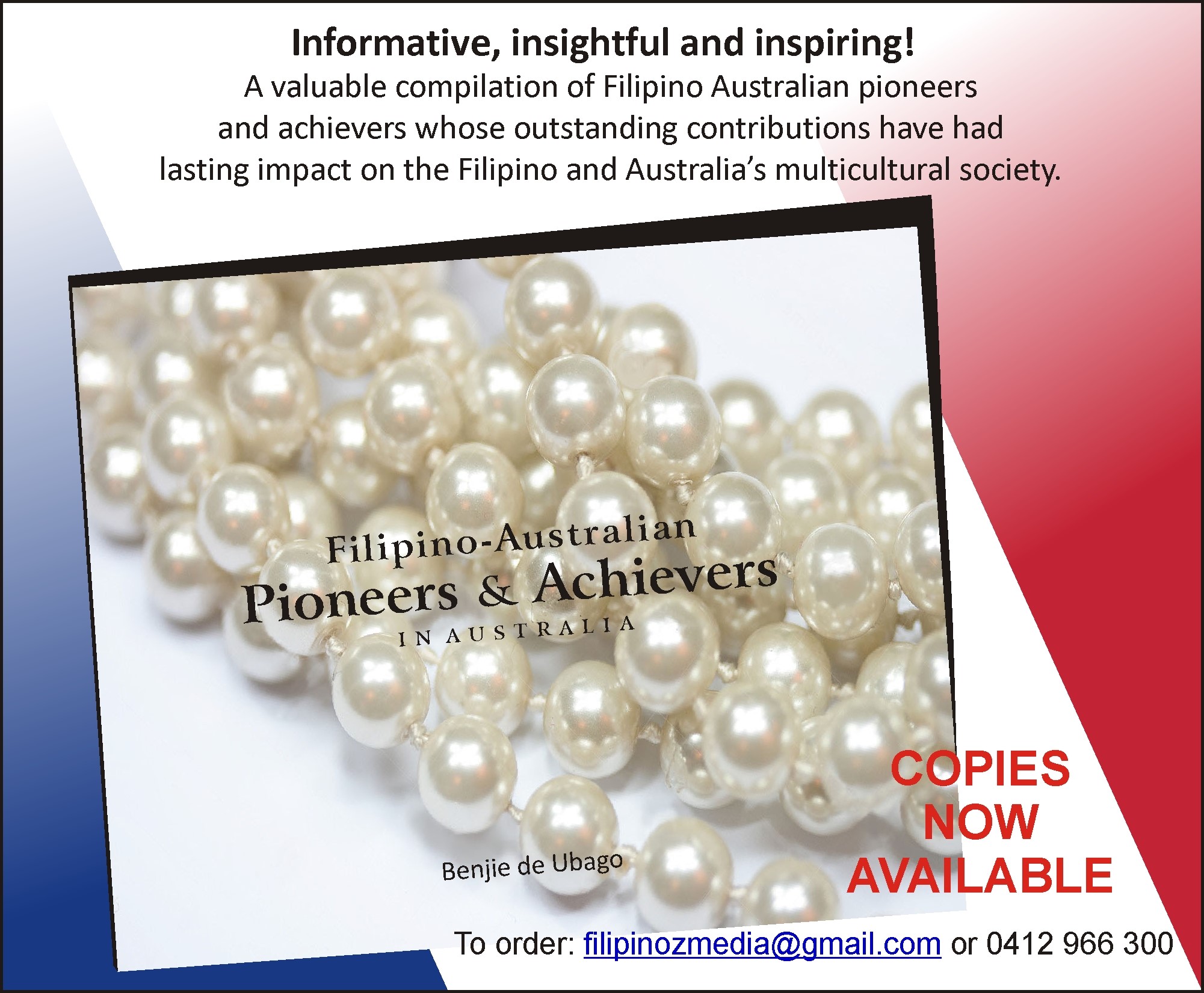(Reprint of the author’s article in the July 2015 printed issue of Bayanihan News)
In June 2011, the National Historical Commission of the Philippines unveiled a historical marker in honour of the country’s national hero and officially accorded installed at the site in Bayombong, Nueva Vizcaya, as a major memorial to Jose Rizal. The project was undertaken by the late Rizalist Mahmoud A. Masfour, a Jordanian national married to a Filipina wife and had the family living in that province.
Invited guests were then Deputy Director Emelita V. Almosara of the National Historical Commission of the Philippines, Lucien Spittael, a member of the Knights of Rizal of Belgium, descendants of Jose Rizal and this writer who joined the group travelling all the way from Manila to Bayombong, Nueva Vizacaya and stayed at the home compound of the Mr. Masfour. We attended a simple unveiling of the historical marker ceremonies also attended by local officials. Earlier that year, a life-size monument was also unveiled in Sydney, Australia, and attended by members of the Filipino community and invited Australian officials.
Many are asking the questions why and what is the reason or relevance of Rizal to Australia, aside from the fact that it is a home to more than 200,000 Filipino migrants, and the country is a close ally of Australia, in fact, a recent military cooperation agreement has been recently signed between Australia and the Philippines.
For the benefits of non-Filipinos, we are lifting from Celso Al. Carunungan’s ‘Jose Rizal: Random Impressions’ which appeared as preface to ‘Understanding Jose Rizal’ by Renato Perdon. Read through and the reader will discover how Rizal is treated in the league of Asian greatest men like Nehru, Gandhi, Tagore and Sun Yat-sen.
‘The great Spanish philosopher Miguel de Unamuno, who was Rizal’s contemporary, called him the ‘Christ of the Malay race.’ Dr. Frank Laubach, eminent American author and evangelist, further expounds on this impression by saying that ‘Rizal may be likened to Christ in three ways: a) both carried sorrow in their hearts since childhood till death, both since the age of eleven; 2) the more one studies them the more one likes them and loves them; and 3) their cause will never die.’
Also, the renowned Filipino diplomat and biographer of Rizal, Leon Ma. Guerrero, believes that the present idolatry of Rizal in the Philippines stems from the fact that ‘we reserve our highest homage and deepest love for Christ-like victims whose mission is to consummate, by their tragic ‘failure’, the redemption of our nation.
They stand above the reproaches and recriminations of ordinary life, and are blessed with true immortality. When at their appointed time, they die, we feel that all of us have died with them, but, also, that by their death we have been saved and shall live again, in freedom, peace and greatness.’
Prof. Ferdinand Blumentritt, the noted German ethnologist, thinks of Rizal as ‘the greatest son of the Philippines, whose advent to this world was like the appearance of a rare comet, whose extraordinary brilliance is seen only once in two hundred years.’
In 1903, Theodore Roosevelt said Rizal was the ‘greatest genius and most revered patriot ever known in the Philippines,’ while Mahatma Gandhi spoke of him as a ‘forerunner and as a martyr in the cause of freedom.’ Nehru believed that the ‘idea of modern nationhood as a practical possibility in Asia was born due to Rizal, and this constitutes his place in history.’
The decade of the 1860s saw the birth of Asia’s four greatest men in modern times: Tagore and Rizal (1861), Sun Yat-sen (1866) and Gandhi (1869). According to British author Austin Coates, ‘long before Tagore was there anything other than a critical acceptance of British rule in India, when Sun Yat-sen was a student and Gandhi just a schoolboy, Rizal was already enunciating clearly in speeches, published articles and letters, the concepts, entirely his own, of a new and completely different relationship between Europe and Asia—the relationship of today—in which Asian peoples and nations must be regarded by Europe as equals, an idea which to the European colonial powers of that time was in varying degrees pretentious, preposterous, or abhorrent.’
Today, however, as Coates says further, ‘Rizal stands with Tagore, Gandhi and Sun Yat-sen as one who re-moulded the thinking of a continent. His entire political life, both in thought and action resembles that of Gandhi in its application or morality to politics, the fundamental belief that violence breeds violence and that no good can come of it, and his profound understanding of the power of truth. In his artistic life, the comparison is Tagore–poet, dramatist, composer, artist, educator, reformer; while in his ability to instill into his countrymen new and unheard of political ideas–of freedom and individual rights–in an environment in which the very word politics can scarcely be said to have existed, his life bears a close parallel to Sun Yat-sen.
In 1961, W. Averill Harriman said that ‘Rizal was a man from whom all men who love freedom can take inspiration. He has earned a place in the distinguished company of such great names as Jefferson and Benjamin Franklin.’ At the same time, John F. Kennedy expressed his hope that ‘all men may find inspiration in the still vibrant example of Rizal’s courageous life.’
In the Philippines and in all Filipino communities around the globe, every year, over 10,000 speeches are said in Rizal’s honour. More than a thousand monuments to him dot the towns and cities of the Philippines; and every main thoroughfare in the entire Philippines Republic—from Metro Manila to the smallest municipality—is named after Rizal. Thus, Reverend Laubach says that Rizal is ‘honoured with more monuments than any other man of the 19th century, whose heroism is unexcelled in all history.’
‘Rizal the man,’ writes Austin Coates, ‘stands among those few who are companion to no particular epoch or continent, who belong to the world, and whose lives have a universal message.’
v










Leave a Reply